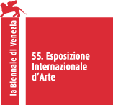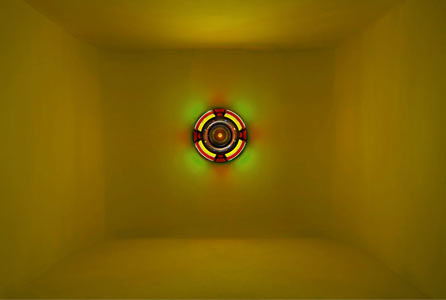 |
||||
|
||||
|
||||
ARTEXT : La Biennale di Venezia
To Breathe: Bottari
The notion of bottari (bundle) as a whole and totality and the concept of sewing have been the central components of Kimsooja's work for over three decades. Posing various questions about the formal aspects of tableau, sculpture, object and installation, bottari encompasses issues of body, self and others and the relationship of yin and yang to life and death. Bottari explores problems of location and dislocation, migration, exile, and war, while posing existential and cognitive questions in space and time Approaching the architecture of the Korean Pavilion as a bottari, the division between nature and the interior space is wrapped with a transluscent film, treating the windows as the skin of the pavilion that diffracts the natural sunlight into rainbow spectrums of light, as it showers the interior space. To Breathe: Bottari presents the empty space of the Pavilion, inviting only the bodies of the audience to encounter the infinite reflections of light and sound. The artist's amplified inhaling, exhaling and humming performance sound (The Weaving Factory, 2004-2013) fills the air, transforming the pavilion into a breathing bottari.
- KS : You can imagine zooming in, how a body of a needle engages a field of fabric. Precisely, the mobility of my body comes to represent the immobility of it, locating it in different geographies and socio-cultural contexts. Immobility can only be revealed by mobility, and vice versa. Constant interaction between the mobility of people on the street and the immobility of my body in-situ are activated during the course of the performance depending on the context of the society, the people, nature of the city and that of the streets. Different elements inhabit in-situ as the nature of the city and the presence of my body appear as an accumulated container of my own gaze towards humanity and other gazes in reaction to my body. While the decision to choose and arrive to the location is based on populations, conflicts, culture, economy and history, the decision of a performance in immobility arrived all of a sudden, like thunder or a Zen moment where energetic conflict between the extreme mobility of the outer world and a vortex of silence in my mind fell into my body.
Curatori : Seungduk Kim
Web site: http://www.koreanpavilion2013.com/main.html |
||||
Artext © 2013 |
